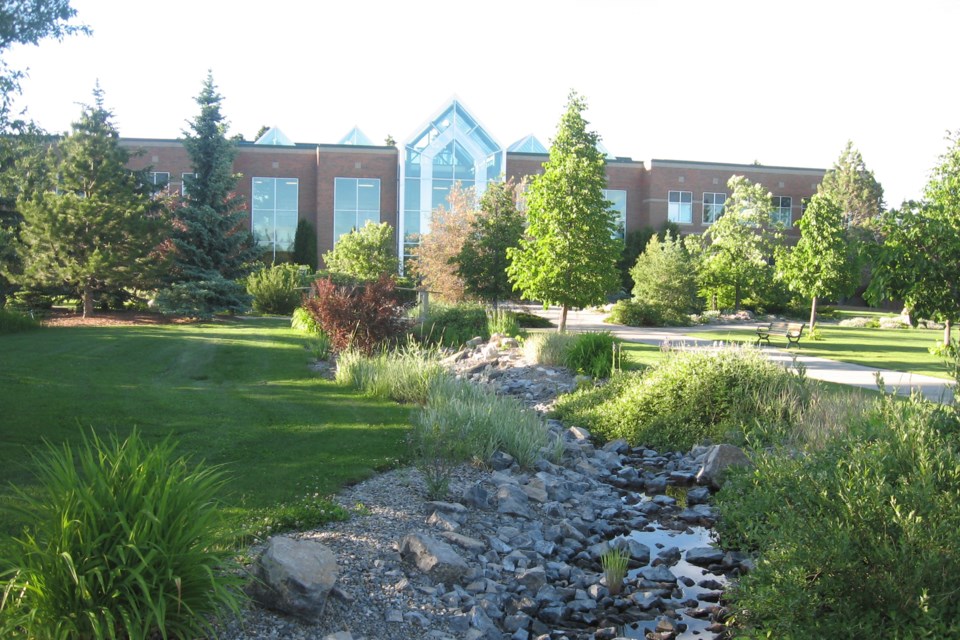OLDS — Olds College of Agriculture & Technology officials are still mulling over the impact that the federal government’s cuts to international students will have on the institution, a spokesman says.
On Jan. 22, Immigration Minister Marc Miller announced that the federal government will cap the number of student permits over the next two years.
It will approve 364,000 undergraduate study permits for 2024, a 35 per cent cut from last year’s level. The number of permits that will be issued in 2025 will be determined at the end of this year.
Each province and territory will be allowed to take in a number of students according to its population.
It will be up to individual provinces and territories to decide how those permits are distributed among universities and colleges within their borders.
Miller said as the cap is calculated, the federal government will take into account the labour market in each province and territory.
The announcement came in the wake of allegations that a surge in international students is aggravating a housing shortage in the country.
“I think we're still waiting to determine what the impacts will be,” Peter Mal, Olds College's vice-president of student experience said during an interview with the Albertan.
Miller indicated that the move is part of the federal government’s effort to crack down on some private colleges that he claimed have abused the system by charging high tuition fees to international students but do not provide the necessary supports for them.
Mal declined comment on that allegation.
During an earlier interview with the Albertan, Mal confirmed the college’s goal is to increase its student population (full load equivalents) to 2,000 by 2025. He said during this school year, it expects to have about 1,850.
Mal said of that figure, about 420 are expected to be international students, including about 320 at the Olds campus and roughly 100 attending a business management program in Edmonton.
At the time of the interview, not all had arrived yet. About 70 students are expected to arrive in January.
About 20 per cent of the college's student population are international students coming from countries around the world; primarily from India, but also from Nigeria, the Philippines, Brazil, China, Ecuador, Ghana, Mexico and Nepal.



